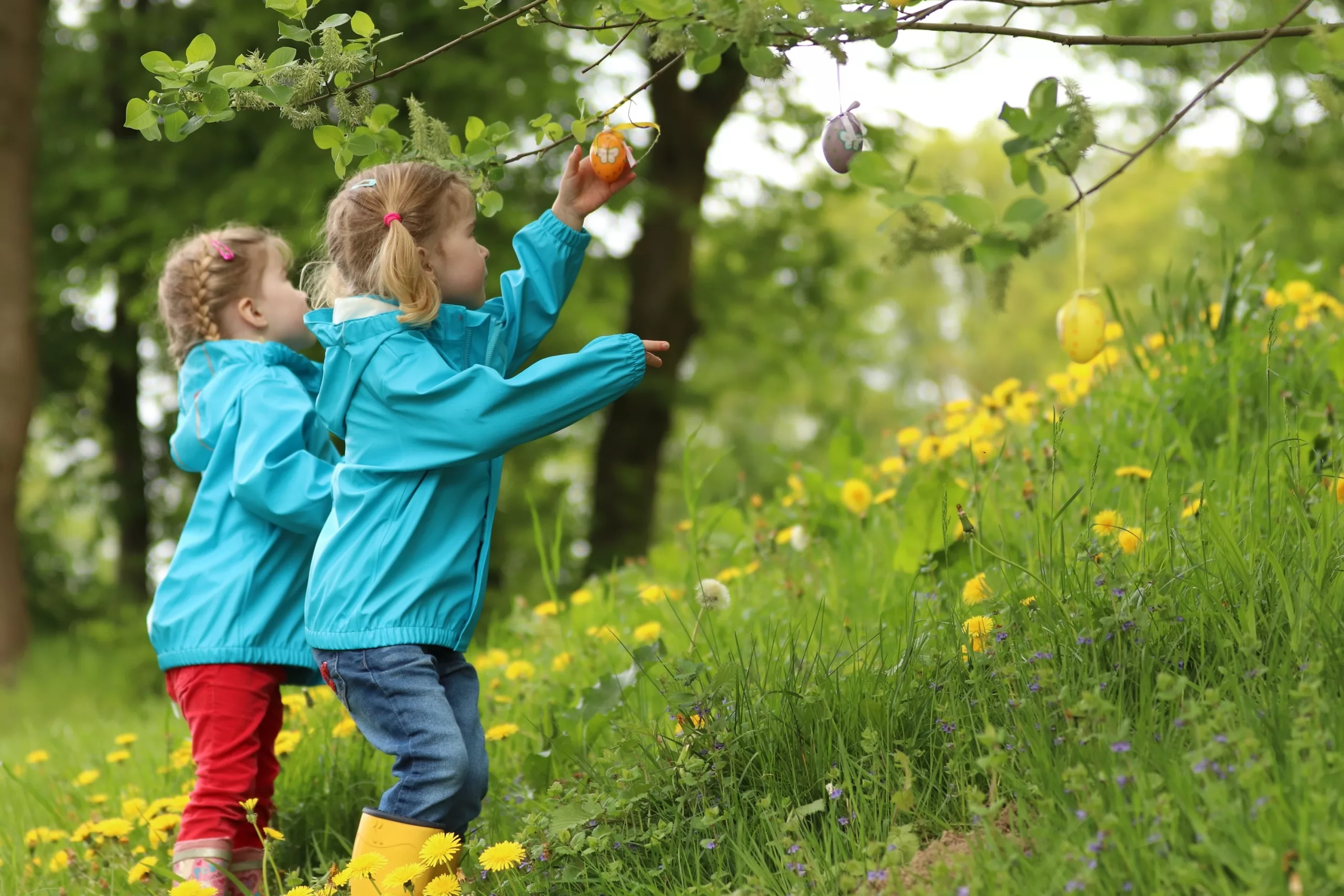View the email version here
Commissioner’s welcome
Welcome to our fourth quarterly newsletter and our last for 2019.
The Latrobe Valley Regional Rehabilitation Strategy (LVRRS) has reached an important milestone. Following 18 months of work, the LVRRS team have released their technical synopsis reports covering geotechnical and water use studies as well as a land use vision. The reports provide important reading for anyone interested in mine rehabilitation in the region. The geotechnical studies highlight the need for a passive method for managing ground stability and fire risks in the future and the potential of a full pit lake to deliver this need. The water use studies highlight the need to manage the supply of water for rehabilitation carefully in order to ensure that other water users are not adversely impacted by rehabilitation water use. These studies will underpin the development of the Strategy that will be developed over the next eight months.

The LVRRS event at the Morwell Bowling Club on 30 October, at which the LVRRS technical findings were discussed, was an excellent opportunity to learn from and converse with the Latrobe Valley Regional Rehabilitation Strategy team about the synopsis reports. There were many excellent questions and observations about the way forward for the mines’ rehabilitation.
As a follow up to this event, I invite you to attend our final community forum for the year on Wednesday 27 November at the Italian Australian Club in Morwell from 5.30pm. We will be extending the discussion of the latest rehabilitation planning studies and will importantly include the work of the Latrobe Valley coal mines and look forward to an in–depth conversation around stability, fire risks, water supply, land uses and the different operational responsibilities for mine rehabilitation.
The forum is also a chance for everyone to view our new 3D model of the Latrobe Valley’s towns and coal mines, which was a feature at the EnergyAustralia Yallourn community information sessions in Moe in early October. It is a great tool for visualising and exploring the geography of the area affected by the Valley’s mines.
Yours,
Rae Mackay
Latrobe Valley Mine Rehabilitation Commissioner
Community forum to reflect on mine rehab learnings
A discussion and reflection on what we have learnt about mine rehabilitation planning for the Latrobe Valley’s three brown coal mines will be the focus of the Latrobe Valley Mine Rehabilitation Commissioner’s next public forum to be held on Wednesday 27 November from 5.30pm at the Italian Australian Club, Princes Highway, Morwell.
A light supper will be provided.
RSVP is preferred
Call 1800 571 966
Email commissioner@mineland.vic.gov.au
Register via Eventbrite here
Visit our event page on Facebook here
MINE REHAB UPDATE
Regional Rehabilitation Strategy study findings
It was pleasing to see around 100 interested community members and stakeholders attend the presentation by the Latrobe Valley Regional Rehabilitation Strategy (LVRRS) Project Team recently, which provided an overview of the key study findings to date on the rehabilitation of the three Latrobe Valley brown coal mines.
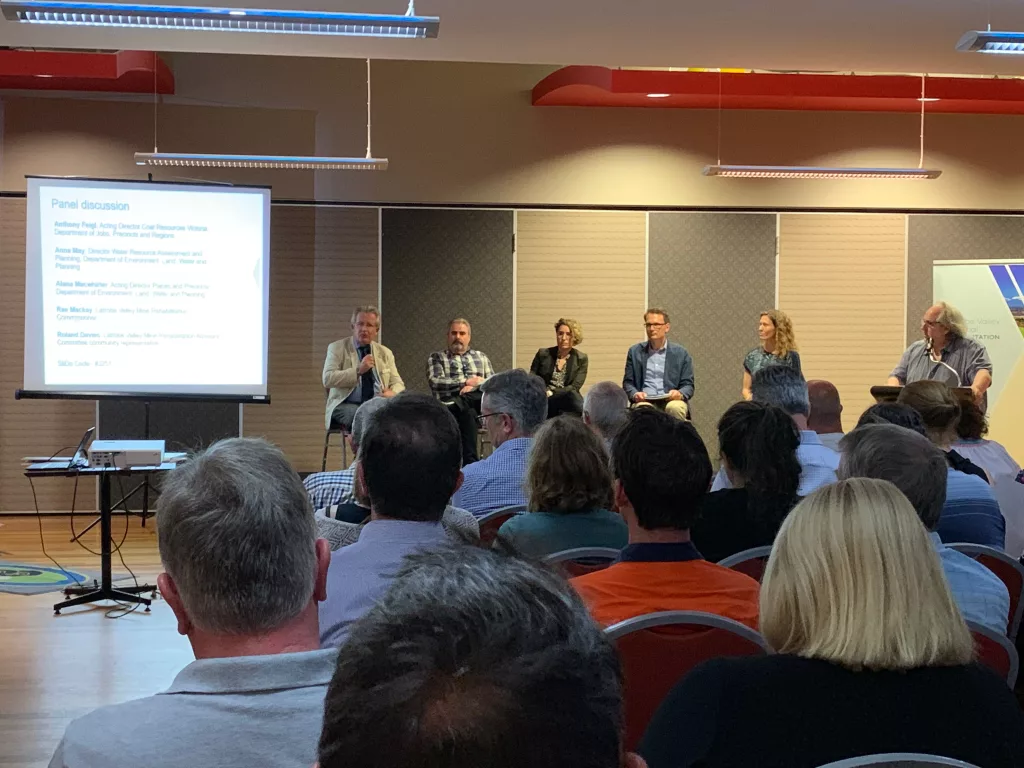
The Commissioner joined members from the LVRRS Project Team and Advisory Committee in a panel discussion, addressing many questions from the floor – from water quality, to future access and uses of brown coal, land use opportunities, and whether access to water sources other than the Latrobe River was investigated for filling.
The findings of the LVRRS studies confirm that the landform with the safest, most stable and most sustainable outcome for each of the three coal mines is a full pit lake. The findings also found that the most viable option for sourcing water for mine rehabilitation is from the Latrobe River and Groundwater systems, due to the much higher costs and longer timeframes to implement other options.
The basis for the LVRRS investigating pit lakes as a rehabilitation landform came from the findings presented in the 2015-16 Hazelwood Mine Fire Inquiry, which were underpinned by expert evidence and technical reports. Specifically, the findings ruled out partial or full backfill of the pit with soil material due to the lack of material available on site and the cost of importing it. An empty void was ruled out due to the ongoing need to stabilise the mine floor through groundwater pumping and batters via horizontal bore drainage.
The LVRRS geotechnical studies also determined through undertaking a risk assessment along with industry experts and the mine operators, that for an empty pit scenario, a failure is almost certain to occur at some point in time in the future.
In addition to identifying that water could be provided from the Latrobe River and groundwater systems for rehabilitation, the studies confirmed that considerable care would need to be taken to ensure that other users of the available water are not adversely impacted by the mine rehabilitation water demands. This leads to potentially long fill times. The quality of the water sources does indicate that the water quality of any pit lake will be good for a long time.
As mine rehabilitation is the responsibility of the mine operators the strategy is expected to be an enabling strategy to support rehabilitation and will provide the framework for access to water governing the conditions that will control water provision to the mines.
Over the next eight months as Commissioner, Professor Rae Mackay will continue to provide independent oversight to the work of the LVRRS, which overall, outlines the conditions that will govern how the brown coal mines will be rehabilitated. The strategy is due for completion in June 2020.
New Authority welcomed
The Commissioner has welcomed new legislation that will establish a Mine Land Rehabilitation Authority from 30 June 2020.
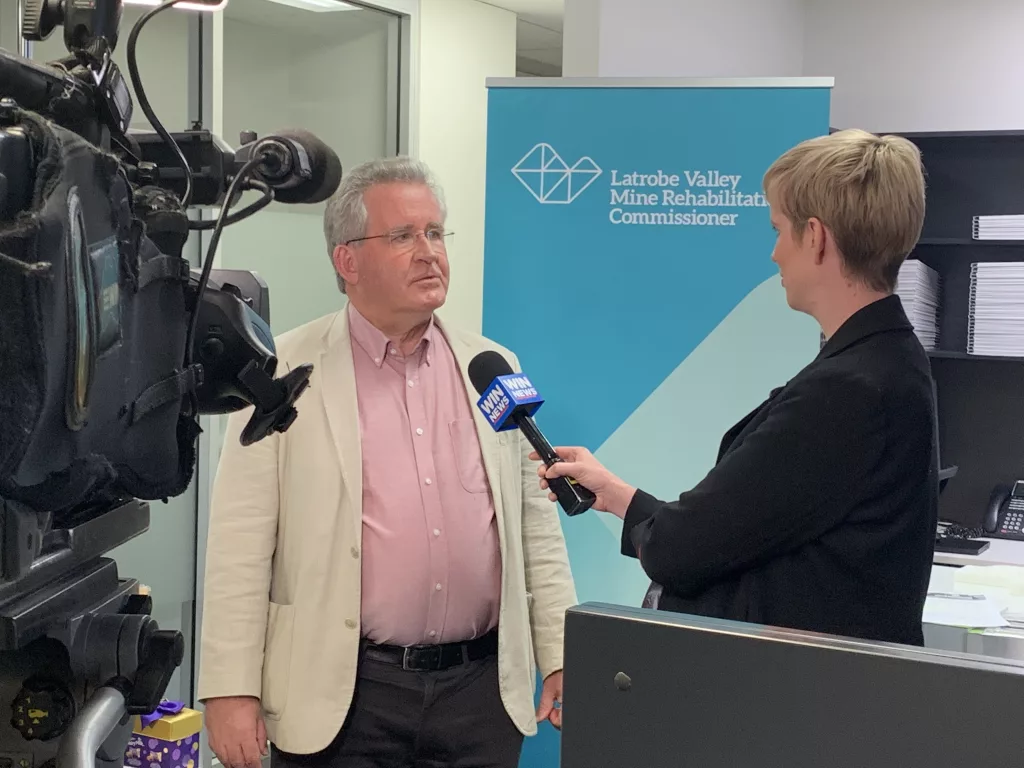
The Mineral Resources (Sustainable Development) Amendment Bill 2019 now makes it clear that closed mines must be rehabilitated to a safe and stable landform, making rehabilitation for the Latrobe Valley’s coal mines stronger and more transparent, increasing certainty for industry, landowners and local communities.
The Authority, to be led by relevant experts, will replace and succeed the Commissioner’s role, which has been monitoring mine rehabilitation since May 2017, coinciding with the completion of the Latrobe Valley Regional Rehabilitation Strategy.
The Victorian government will appoint the Authority’s Board prior to its commencement and the Authority will be based at the new GovHub in Morwell when it is complete.
You can read more about the new Bill at premier.vic.gov.au/better-guidance-on-latrobe-valley-mine-rehabilitation.
Pictured: The Commissioner speaks to local media about the announcement of the new Authority.
Community thoughts
An essential part of the Commissioner’s role is to engage with and educate the Latrobe Valley community on mine rehabilitation issues and listening to the community’s views.
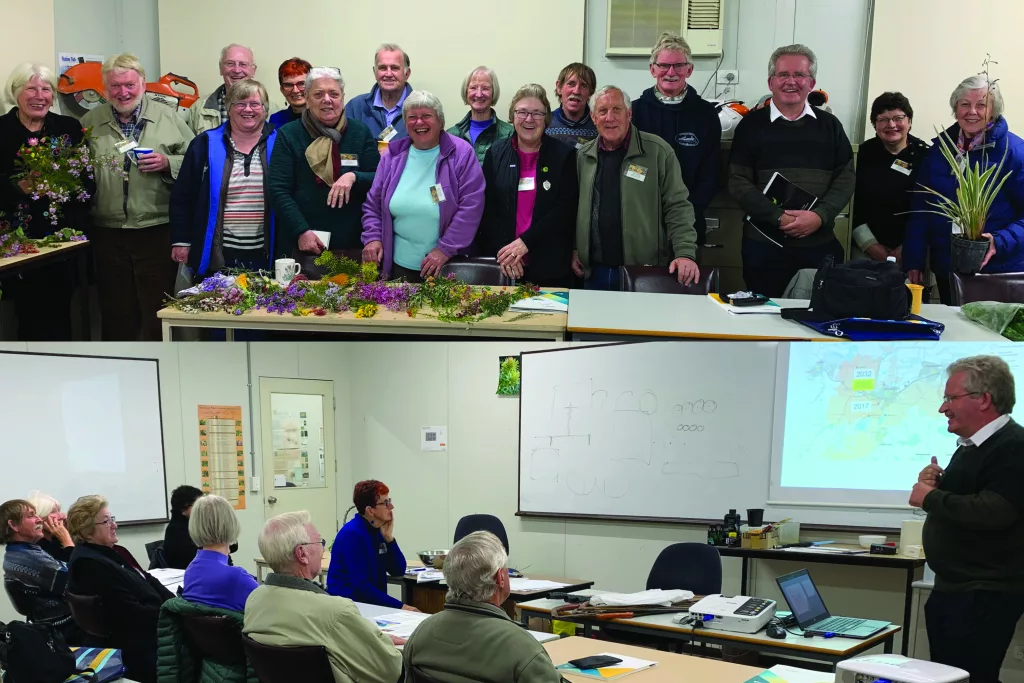
Over the last three months, the Commissioner and team has continued to meet with community groups to talk about mine rehabilitation. Here are a few questions from these meetings that were asked:
Does ENGIE have approval to fill the mine with water yet?
ENGIE will submit its Rehabilitation and Closure Plan (RCP) for Hazelwood mine by 31 December 2019 to the Victorian government for approval. The Commissioner will also review the RCP with an outcome due in 2020. If approved, ENGIE plans to start filling in January 2021 and filling is expected to take 12-24 years.
What will the quality of the water be like? Will it be safe to swim?
Coal is a naturally processed form of carbon and is largely inert in terms of water quality. Overburden can have some sulphur content which can create some acidity issues, but the volume of material versus the amount of water that is needed to fill the voids will counteract this. The water quality is expected to be good enough for all forms of water-based recreation.
If groundwater pumping is stopped, would the mines fill themselves?
Yes, but it will be a slow fill (more than 100 years) and the mines would become very unstable. The floor of the mine would have to be perforated to permit the groundwater to enter the pit in a controlled manner. A very slow fill would in the early stages of filling behave rather like an empty pit. Even with best practice, empty pits are likely to fail. This is an important point. All the experts agree that it’s not a matter of ‘if’ but ‘when’ we have another failure for the case of a managed empty pit.
A big thank you to the Latrobe Valley Australian Plants Society Inc. (pictured), Latrobe City Youth Council, and Gippsland Association of Affiliated Historical Societies for hosting us.
Annual Report published
We’re pleased to present our Annual Report for 2018-19.
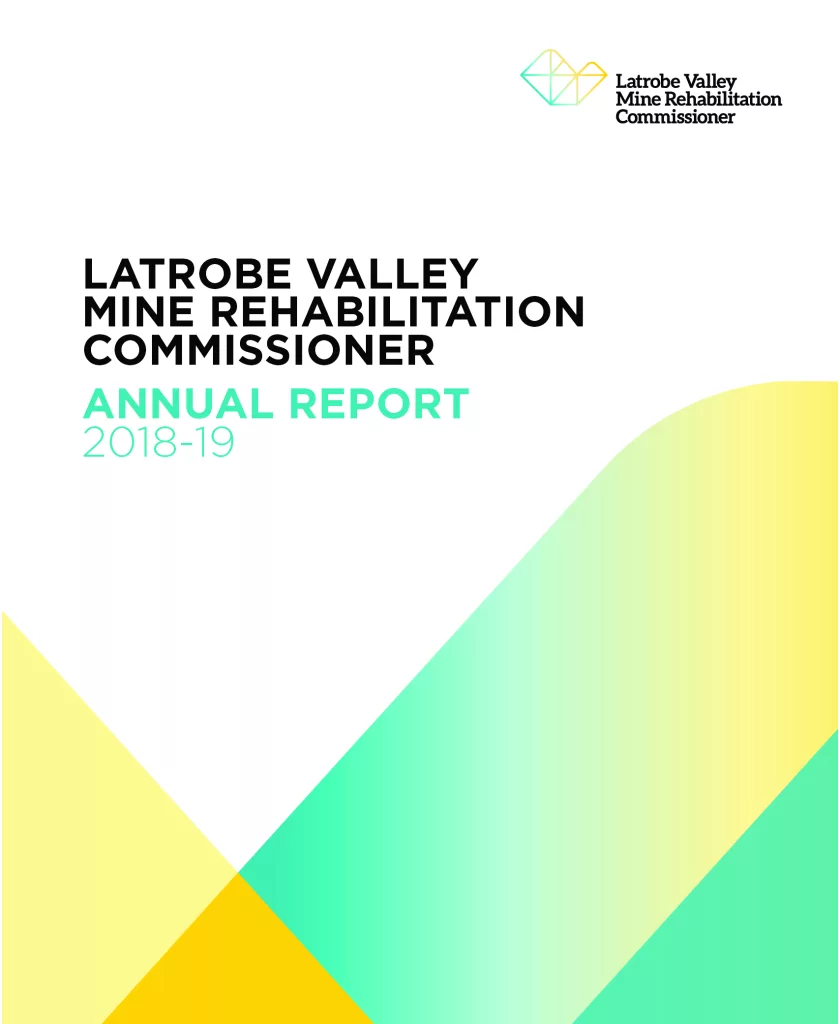
Our report outlines the work and achievements of the Commissioner for the year and was tabled in Parliament in October. You can download the PDF and Word Accessible version at www.mineland.vic.gov.au/annual-report. Limited printed copies are also available at our office at Suite 5, 55 Grey Street, Traralgon.
WHAT’S ON
Community group meetings
The Commissioner and team frequently attend community group meetings to chat about mine rehabilitation and answer your questions. Our next meetings will be with:
Arc Yinnar
Friday 15 November
Arc Yinnar Studio
19-23 Main Street, Yinnar
RMIT student workshop
Thursday 21 November
VRI Hall
18-20 Queens Parade, Traralgon
Gippsland Lakes Coordinating Committee
Monday 2 December
DELWP Office
71 Hotham Street, Traralgon
Committee for Moe
Tuesday 10 December
Moe Library
George Street, Moe
Coal Hole arts event to reflect on mine rehab learnings
A culmination of the learnings shared over the last five months as part of the Coal Hole project will be the focus of its final event, a ‘Coal Hole Town 1,000 Billion Litre Water Fight’ on Sunday 1 December from 2-3pm at the Kernot Hall Lawn in Morwell.
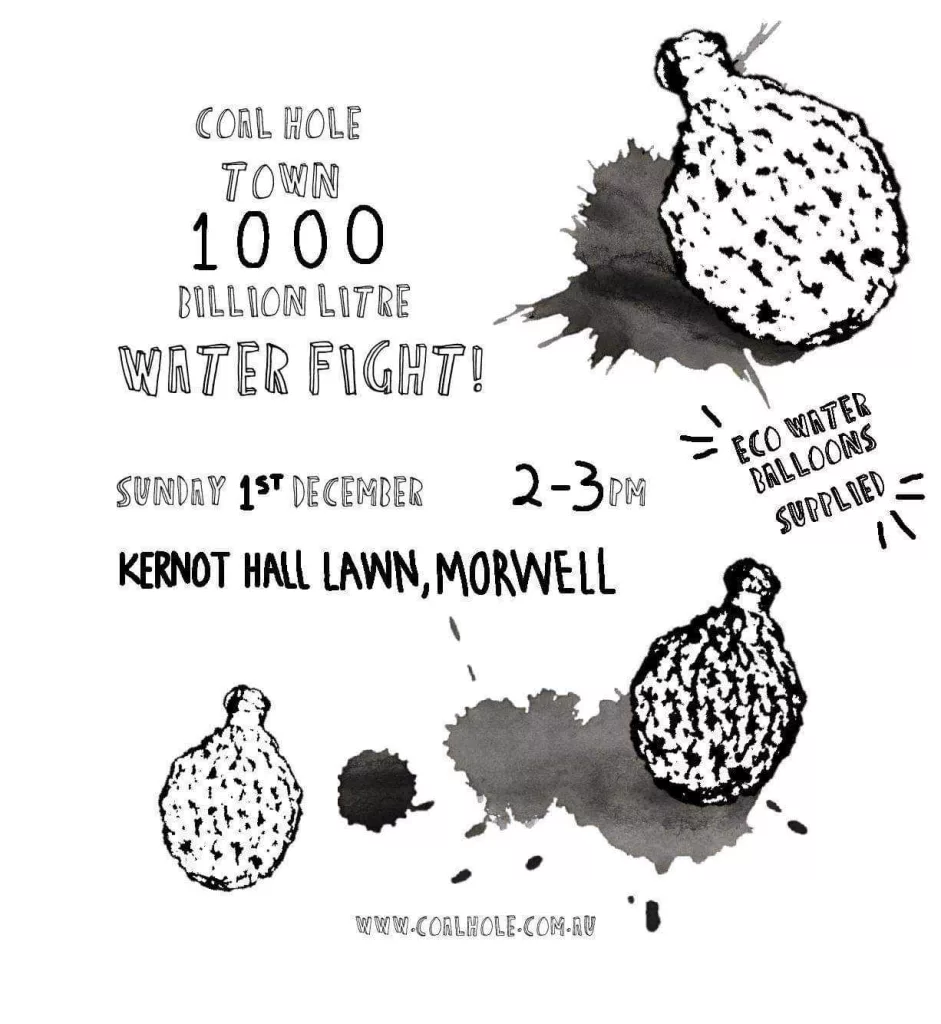
The project collective aims to crochet 1,000 eco-friendly mini water balloons with the help of local creatives from The Bee and the Spider, in time for the family-friendly event, which will be set up as a mini Latrobe Valley. The event will feature a giant slip-and-slide depicting the Latrobe and Morwell rivers and aquifer, shell pools to symbolise the coal mines, and signs displaying facts and figures about mine rehabilitation learned throughout the project.
Members of Latrobe Streetgames will be attending, including the CFA who will be giving away buckets to raise awareness about the bushfire season, and Latrobe Youth Space will be hosting a stall focusing on career pathways relevant to mine rehabilitation in the Latrobe Valley. The Commissioner’s office will also have a display with team members attending to answer any questions.
Since its launch in partnership with the Commissioner’s office and local not-for-profit organisation The Big Picture Space Inc., Coal Hole has delivered a hi-vis fashion parade, made zines, experimented with sound and coal photography, and built a sculpture from scrap metal with community members, encouraging conversations on the future landscape of the Latrobe Valley. The sculpture will be a key feature at the event, along with a 1.5 x 0.7metre wooden 3D model featuring the Latrobe Valley mines and towns. For more, visit coalhole.com.au or follow facebook.com/coalholeproject.
Any questions?
The Commissioner and his team is focused on keeping the community informed about mine rehabilitation planning and encourages lively discussions with community members.
If you have any questions, or if you’d like to arrange a meeting with the Commissioner, you can contact our office on 1800 571 966, email commissioner@mineland.vic.gov.au, via our website at www.mineland.vic.gov.au/contact or follow facebook.com/lvminerehab.
Subscribe to our mailing list here.
